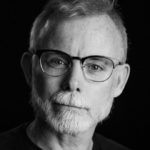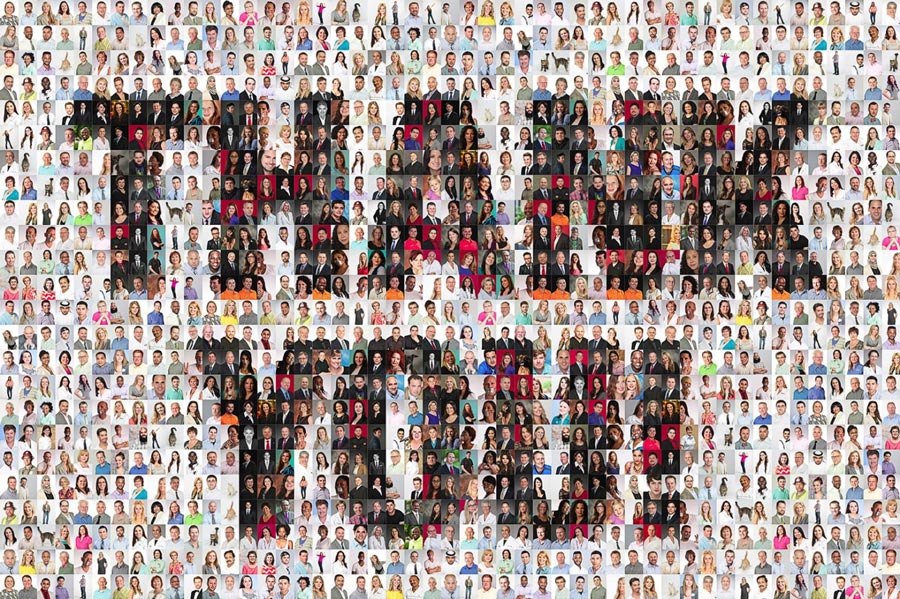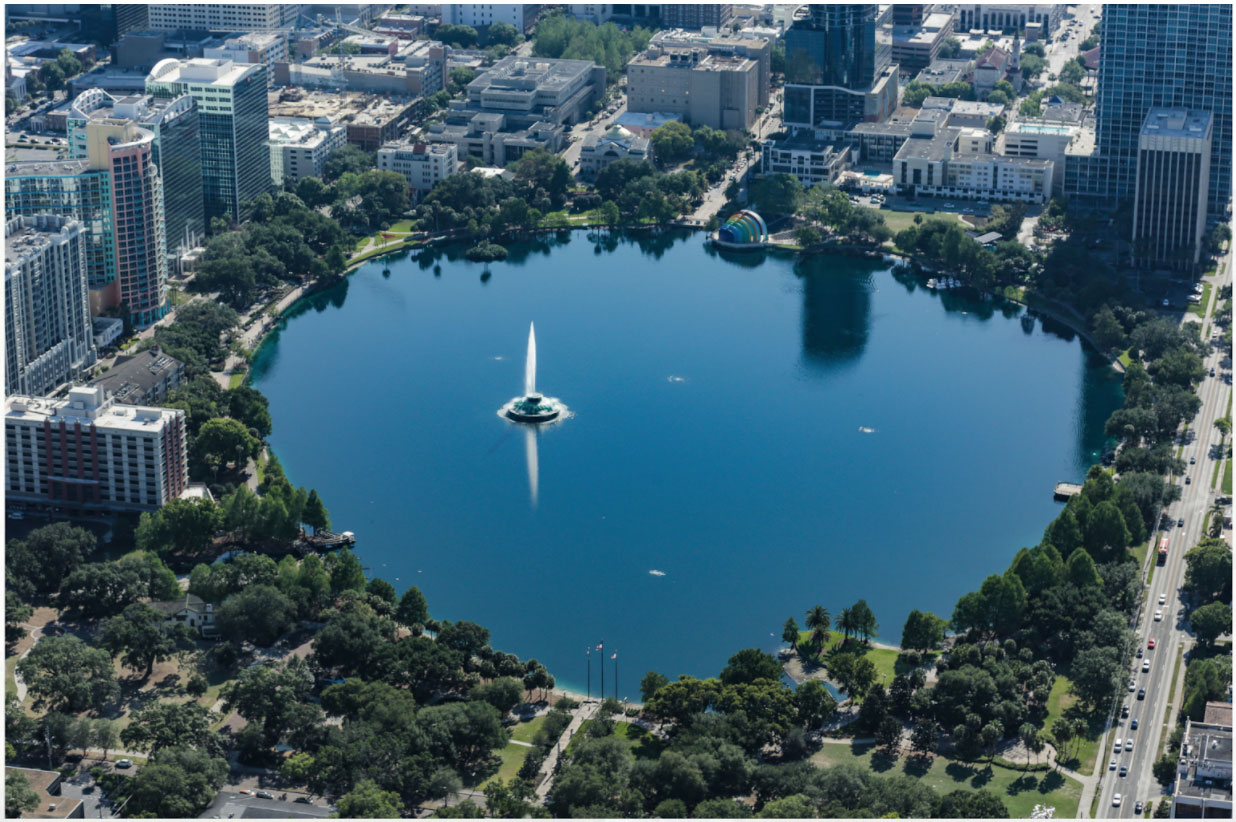Our blog digs deeper into local businesses by collaborating with business owners to showcase their success and to identify what the legislature can do to support them. Together, these profiles come together to create a larger picture of the amazing diversity and ingenuity of local business owners that Anna hopes to serve and represent in the Florida House.
Our first spotlight is shining on Macbeth Studio from North Orange Ave. Macbeth Studio is a world-class, creative photography studio that specializes in headshots, but also provides architecture, lifestyle, and even aerial photography! The owner is Jim Hobart, a UCF alum and a beacon in the Orlando creative community.

Owner, Jim Hobart
How do you get the person, place, or item in front of your camera to be shown just as you want it to be?
At Macbeth Studio, we provide commercial photography and video of all kinds, but two of our primary services are architectural and portrait photography. Buildings sit still and wait for you to get everything just right. People are a whole different ball game. People need energy, empathy, and effort to make them feel comfortable. If they feel good, they look good. So, my job as a portrait photographer is first and foremost to make my subjects feel good about themselves.

I’ve had a camera in my hand since I was in middle school. I’m completely self-taught in the sense that I never had any formal photography classes. However, I’ve spent the past 30 years discussing photography informally with people better at it than I, at every possible opportunity. The two professionals who have most influenced my technique and style are Peter Hurley and Greg Heisler. They’re very different in their approaches to portraiture, but both have helped me find my own particular way of doing things.
What was your career path? How did you get from being an aspiring photographer to actually doing it full-time for a living?
My first job after high school was as a photojournalist for a small local newspaper on the west coast of Florida. I spent a couple of years shooting, developing, and printing black-and-white photos that ran in the paper each week, which gave me an appreciation for balancing quality and speed. Since we were using film in those days, it taught me to be economical with my shots, and to know when to stop shooting. After a couple of decades in the advertising business, I came back to photography. I got my private pilot’s license in 2005, and I wanted to find a way to be able to afford to fly more often (it’s an expensive hobby), so I started taking photos from the air as a way to pay for my hours in the plane. Gradually, that led to architectural and interior photography developing for the same customers. Then, when the economy tanked in the fall of 2008, and all construction stopped cold, I quickly learned how to photograph people in order to stay in business. I’ve been doing it ever since.

What inspired you to start your small business?
My dad was self-employed since my early childhood (he’s a cartoonist), and I grew up with a healthy distaste for a 9-5 job. I worked for two advertising agencies after I graduated from UCF, and then a friend and I opened our own ad agency in 1994. I’ve been self-employed ever since, and I don’t think I could work for someone else now.
What is the most exciting part about owning and operating a small business?
Fear is a great motivator. Having clients and employees who depend on me to make the right decisions is a powerful driver to get out of bed each day. Also, as a control freak, it’s great to have some say over my own destiny. People ask if it’s scary to not have a “steady” income and paid vacation and benefits. Sure, it is, and those things are nice, right up until that company has a round of layoffs that nobody saw coming. I feel like it’s better to work 16 hours a day for myself than 8 hours a day for someone else.
Describe a perfect day at work.
Any day that I’m doing something different from what I did the previous day.
Are there any current policy issues impacting your business? If so, how?
Photography, like other creative industries, is affected by technology, tax, and copyright and intellectual property laws. The biggest issue facing our industry at the moment, I think, is the continuing erosion of ownership of creative work, and the general public’s ideas of “fair use” of images found on the internet, or social media, or in the cloud.
This is an evolving conversation, and there are no easy answers, but if we don’t protect creators’ rights to own their creations, and charge a fair price for their use, the ability to continue to make new things will diminish.
What could the legislature do better to help you thrive?
They could move as fast as possible toward comprehensive single-payer healthcare for all in order to remove the pressure from employers to provide healthcare to workers. The sooner we can disentangle employment and healthcare benefits, the better.
For more information about Jim Hobart and Macbeth Studio, visit http://macbethstudio.com.
